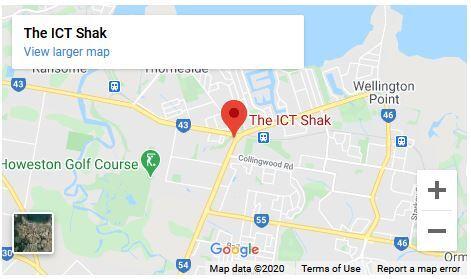A website design planning sheet is an integral part of the website design and development process. This helps to keep track of all the pain points, elements to focus on, and important questions to ask when designing a website. The sheet serves as a blueprint for the website design planning process. There are several questions to ask about website design but let us start with the basics.
Key Elements for a Successful Website
First and foremost, it is vital to hire a website designer with professional experience for optimal results. A good website design plan helps to determine its success. Some of the key elements to make a successful website include:
- Design - A visually pleasing design is vital for attracting traffic and keeping them engaged. If the design of the website is appealing to the audience then the chances of lead conversion increase due to active engagement. Employing responsive design for the website helps to make it accessible and easily navigable on different platforms and devices.
- Search Engine Optimization - SEO tools include appropriate metadata, links, keywords and more. Website designers need to assess the brand requirements and determine the right configurations for maximum crawling impact. Backlinking with impactful websites from similar industries or web pages that have high domain authority is beneficial for better search engine ranking.
- Marketing - A proper digital marketing strategy plays a key role in driving more traffic to the website. Content marketing, email marketing, social media marketing are all a part of the digital marketing plan to attract a large volume of organic traffic to the company website. Promoting the website and the brand on different platforms automatically increases the chance to drive traffic. Your website content strategy also plays a key role in your website's marketing success.
- Website Security - If the website is customer-centric, then customer data collection and feedback is absolutely crucial. Now, a poorly-designed website can lack website security which does not bode well for business. Clients want data privacy and website designers help to enhance the security conditions of any website. SSL certificates are essential to maintain HTTPS protocols, a web firewall offers protection against hacking, a safety backup is crucial in the case of emergencies, and a trustworthy gateway for payment for e-commerce websites instils faith in clients.
Things to Consider When Planning to Design a Website
Here are some of the crucial steps for the website design planning process:
- Define Goals - It is essential to lay out the goals and identify the objectives of the website. There are many reasons to build a website. The most common reasons include boosting business profitability, lead generation, news, and more. There are exceptional tools like Google Analytics that help to track the progress of specific, measurable, achievable, relevant, and time-bound (SMART) goals for a website.
- Market Research - Brands need to evaluate the market conditions, competitor trends and conduct other relevant research related to the industry to make their websites more user-friendly. Website designers integrate trending elements like a user persona, dislikes, motivations, interests, goals, and other valuable information into a website. Assessing competitor websites helps to identify what works well, things that can be done better, time gap before new content addition, industry-related trends, gaps to fill, good practices, and more. More insight helps to build a crisp website that acts like honey for the users.
- Set a Budget - Setting a realistic budget is a vital part of the website design plan. Some of the important elements for the website that you need to set a budget for include domain, hosting, website design, graphic design, content marketing, research, and website development. Updates, advertising, and maintenance are among some of the ongoing costs to run a website successfully. Website design and development experts are the best people to consult.
- Prepare Brand Identity - A brand identity is what sets every website from the other. If you are planning to design a new website, then a unique and trendy brand identity can make a lot of difference to attract organic traffic. Some of the assets that help to maintain continuity and build a brand's reputation include typography, logo, business card design, colour palette, email template, product and service offerings, and other elements. A brand style guide helps to employ all the factors strategically for optimal impact. Professionals can create a standout brand identity perfectly in alignment with brand values and goals.
- Plan the Content - A website without content is a website still in the designing process. There are common misconceptions towards website content, which is at times erroneously considered as comprising blogs only. However, this could not be further from the truth. There are a variety of content options to integrate into websites based on their objectives and theme. Some of the important content include sales copy, guides, case studies, reviews, interviews, podcasts, product pages, FAQs, slideshows, images, infographics, about us, services, contact pages, and more. Brands can modify their content based on more user-specific results.
- Choose a Website Designer - There are different website design service providers. Freelancers, full-service agencies and design agencies are the most common types. The important factors to determine while choosing an appropriate website designer include a budget, portfolio comparisons, pricing comparisons, additional services offered, and blueprints for the website design and development process.
- Pick a Content Management System - A content management system or CMS is the platform where the website will be built. It helps to create, manage, modify, and maintain the content securely without code writing. Some of the common CMS platforms include Magento, Joomla, Squarespace, Webmatrix, WordPress, Wix, and more. Consult with your website designer about the best platform for optimal results.
There are innumerable tools that can ease the website planning process. Professional website designers employ tools like Ahrefs, Make My Persona, Ubersuggest, SEO Spider, and more to make the website planning and designing process lucrative.
Consult with professionals to design and build a website with a high return on investments.




